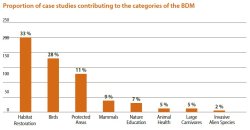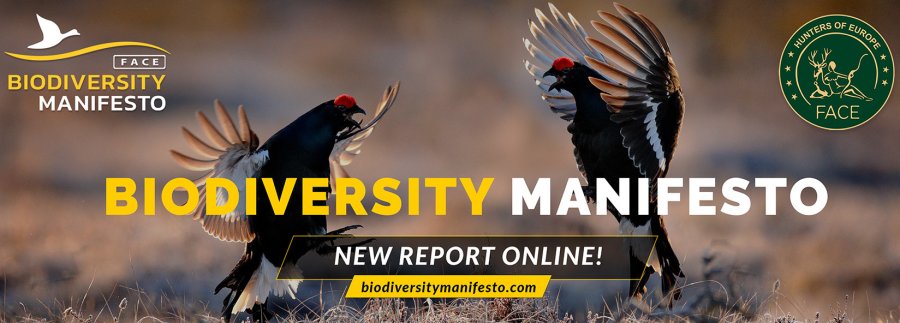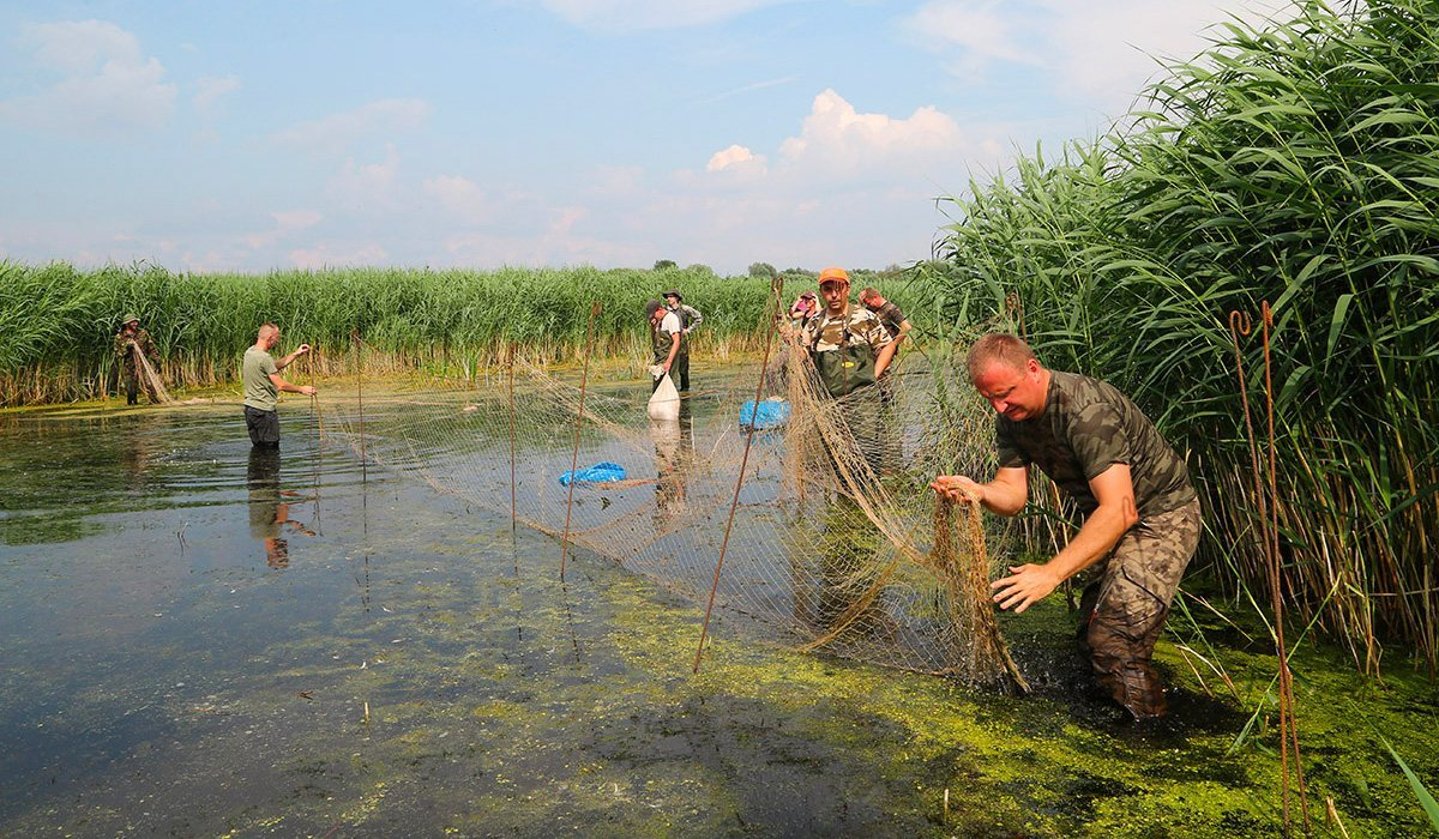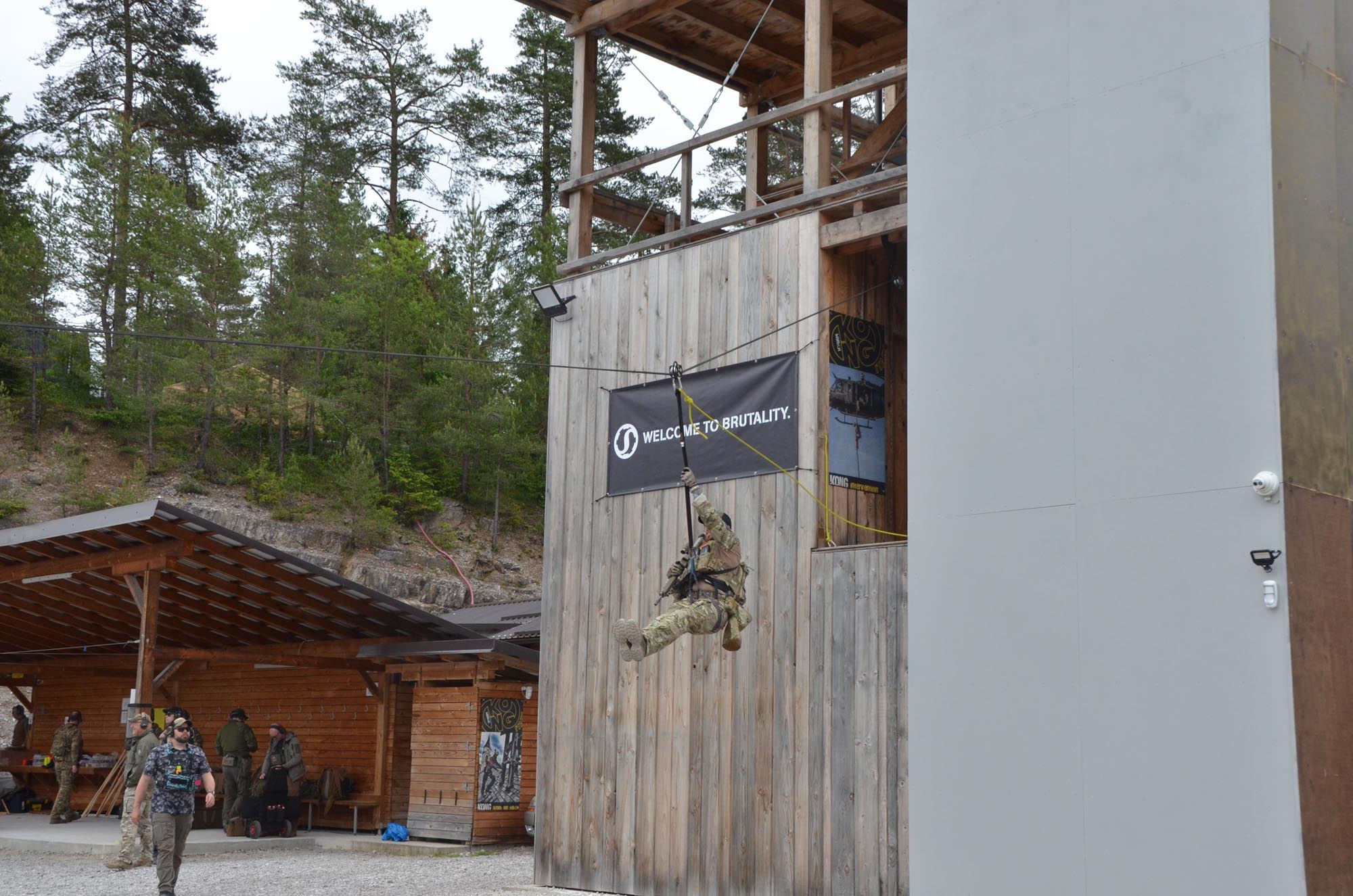While the EU is obsessed with its “lead ban” crusade – which is basically an anti-gun strategy aimed against hunters and any law-abiding citizen who wants to legally own and use firearms – FACE, the European Federation for Hunting and Conservation, demonstrates how important hunters are when it comes to protecting ecosystems throughout Europe. The release of FACE's 8th Biodiversity Manifesto (BDM) Report provides in fact a substantial database of hunting-related conservation projects, providing inspiration and strong evidence of how hunters contribute to habitat restoration, protected areas, species monitoring and much more. The report is based on 498 conservation initiatives by hunters and highlights some of the best projects of 2022.

“While the EU failed to reach its 2020 target to halt biodiversity loss, the projects captured in the BDM demonstrate that hunters deliver important restoration work to support the recovery of ecosystems, habitats, and species throughout Europe,” FACE says. “In total, 215 (33%) projects focus on habitat restoration ranging from agricultural to wetlands habitats. 28 % of all projects deal with the conservation of birds and their habitats, over 53 projects (11 %) are undertaken in protected areas. All of the projects involve private investment by the hunting community into nature conservation, either in addition to public funding or entirely self-financed.”
8th Report of the FACE Biodiversity Manifesto – Focus on habitat restoration

According to the report, most hunters’ initiatives focus on habitat restoration, ensuring thereby the conservation of many animal and plant species while guaranteeing their sustainable use. Actions range from planting trees and hedges to educating children about living in harmony with nature, including management (e.g. conservation and restoration) of habitats/species and research/monitoring are the most common actions.
In particular, the report highlights a wide range of relevant conservation projects such as habitat restoration activities in South Tirol (Italy), saving Greece’s native Pheasant, supporting Iberian lynx recovery in Spain, conserving the Common Eider in Finland and Red Grouse in protected areas in Ireland.
“The initiatives differ in terms of their size, target, location, type of action and duration but each of them shows that hunters are actively engaged in biodiversity conservation in Europe,” they explain. But the gist is that the report “shows that hunters, in conjunction with a large group of stakeholders (public authorities, environmental NGOs, research bodies, landowners, farmers, foresters, institutions), are active in the nature restoration and conservation of a wide range of habitats and species in Europe,” that's why to ensure that the new EU Restoration Law can translate into successful local initiatives on the ground, it is important to recognise the contribution of hunters to the conservation of nature (e.g. creation and maintenance of wetlands and other natural features in the wider landscape).
You can find the full FACE 8th Biodiversity Manifesto (BDM) Report at this link.
To have access at the 498 hunters’ initiatives and many other documents please visit the Biodiversity Manifesto website.










